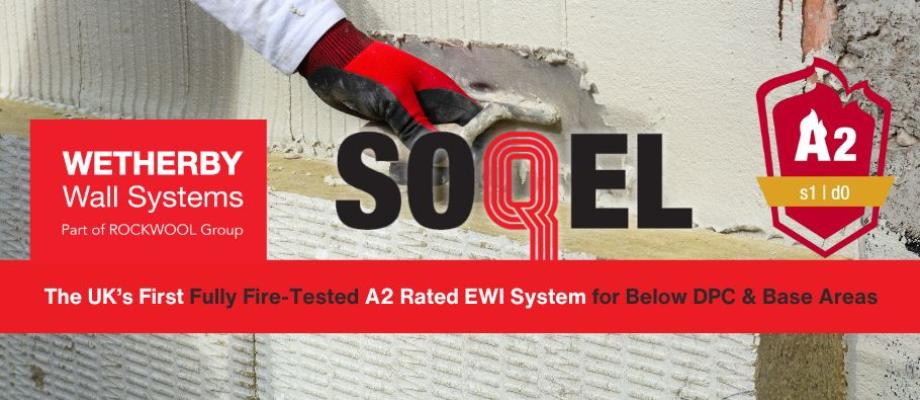In new build homes with precast concrete or timber suspended ground floors, controlling atmospheric moisture in the sub-floor space is normally provided by means of natural ventilators. These include airbricks or grilles of appropriate size and number and are located on opposing external walls to ensure cross ventilation. Attention to detail with sleeper walls and other obstructions in the sub-floor void is also required to ensure that the air can move freely with minimum resistance between external ventilators.
While the provision of such natural ventilation is relatively easy to achieve in new build homes, existing homes often suffer the consequences of inadequate natural ventilation of sub-floor spaces. Ventilators can become blocked over time with dirt and debris or covered when external ground levels are raised through new landscaping or patio coverings. Extensions to homes can also result in natural ventilation of a sub-floor space being negatively impacted. You only have to look at the number of mid terrace homes throughout the UK with rear extensions added with original sub-floor ventilators still visible on the front façade but with none on the rear extension to understand how this can be a problem in many dwellings. There is no way to easily naturally ventilate such a sub-floor.

Decay of timber as a result of high moisture content related to inadequate ventilation is common, can be dangerous to occupants and remedial costs can be significant.
Sometimes the only choice to ventilate a sub-floor is to do so using mechanical ventilation. Over the years, we have seen a steadily increasing amount of sales of supply and extract fans to sub-floor ventilation specialists. The majority of such fans we sell are installed below a suspended ground floor within the sub-floor space and connected to a grille on a suitable external facade via ducting also installed in the sub-floor space. These fans are not only purchased to help control humidity levels but in many cases they are provided to control Radon gas.
While such fans can be an effective solution in hard to naturally ventilate sub-floor spaces, they do have a few of drawbacks. Fans require access for cleaning and maintenance. Lifting carpets and floorboards every 6-12 months to allow access to a fan, and the exposure to an environment which can be less than pleasant to say the least, is not something home occupants look forward to. There is also the issue of the noise from a fan below what can sometimes be a noise sensitive room to consider. Finally, most of the type of fans sold for installation below a suspended ground floor are either centrifugal or mixed flow fans. While many of these types of fans are energy efficient, many can have an annual electrical running cost that occupants may find just too much.

To address some of the shortcomings of fans installed below a suspended ground floor and to provide sub-floor ventilation specialists with another mechanical ventilation alternative, Homevent have launched its unique MORI WMF Weatherproof Multi-Functional Sub-Floor Ventilation Fan.
Completely weatherproof for external low-level wall mounting, small and discreet (just 203 x 214 x 58 mm) and available in five different colours, this unique fan offers the system designer much choice and flexibility. Integral controls provided as standard allow for the fan to be set at installation stage to operate at three different speeds and, at each speed, to operate in supply mode, extract mode or alternate flow mode with the fan automatically switching itself between supply and extract modes every 70 seconds. When set up to provide automatic alternate flow, the fan can be set to start on either supply or extract mode when connected to the mains power. This allows multiple units to be “synchronised” with each other if required to ensure as one or more units supply air, the other unit or units extract air, with operating modes of each fan alternating every 70 seconds. Where required, the fan can even be connected to a suitably designed sub-floor ducting system.

Installation of the product is very straightforward. Cleaning is done from outside, is simple and takes less than 15 minutes. Running cost depends on the speed setting but can be expected to be between just £2-5 per year for continuous fan operation and noise levels are so low that occupants are unlikely to notice it is on. The MORI WMF offers a great “alternative alternative” approach to ventilating hard to naturally ventilate sub-floor spaces.
Information on the MORI WMF can be accessed via Homevent’s website
John Bradley can be contacted on Tel: 07894 621243 or email: jbradley@homevent.co.uk
- Log in to post comments













